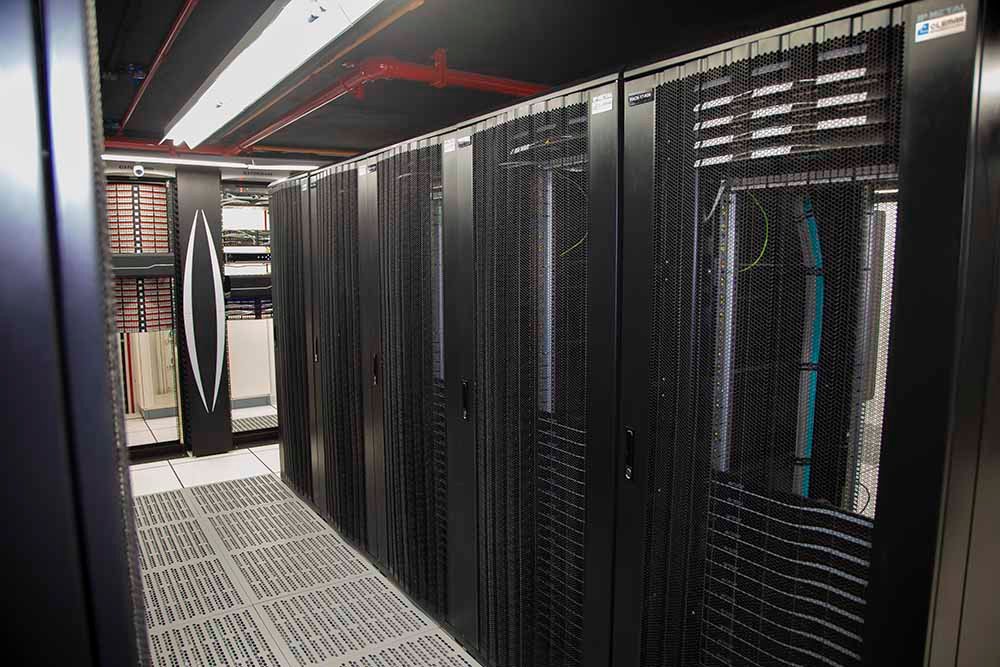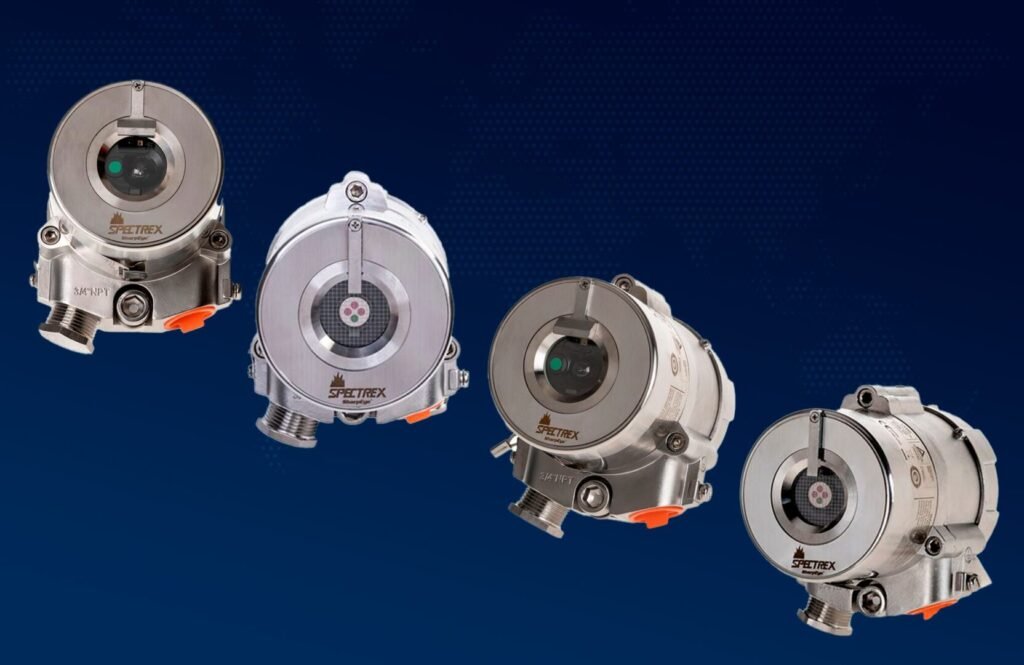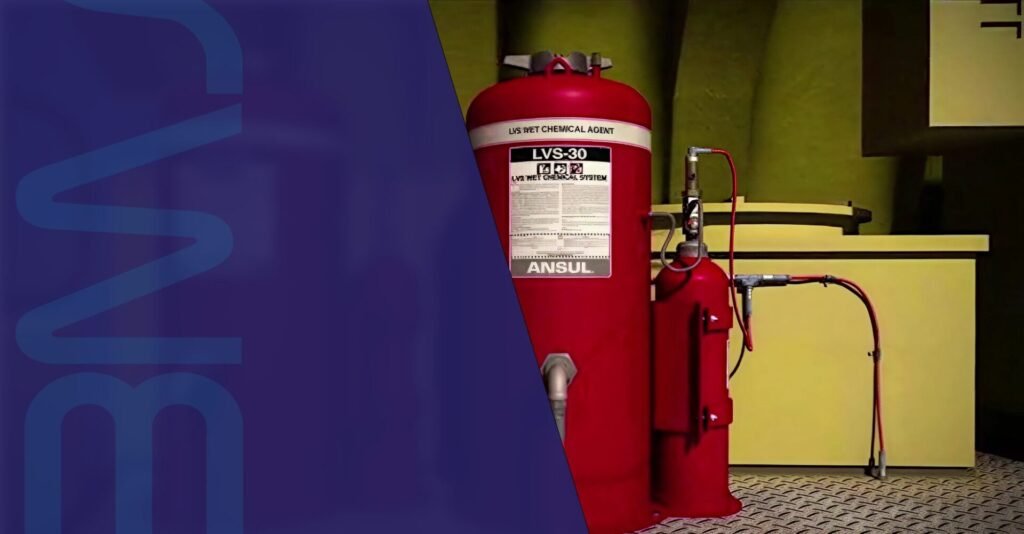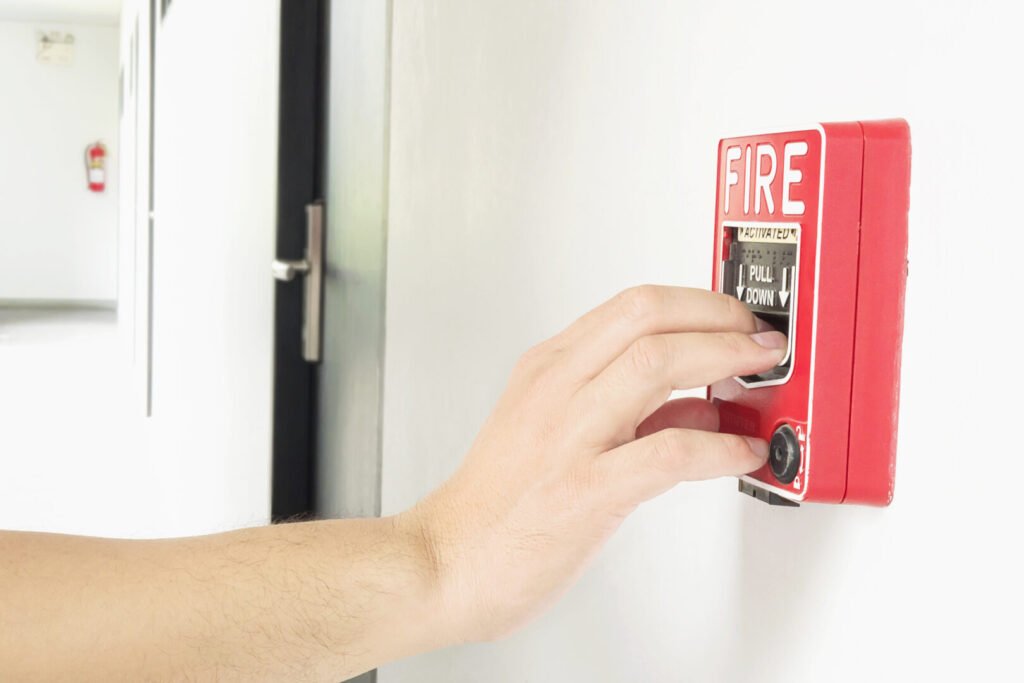
UV/IR vs. Multi IR Flame Detectors: Which One Is Right for You?
Fire safety is not optional in industrial operations. Choosing the right flame detector can prevent downtime, protect assets, and save lives. Let’s explore two leading options: UV/IR and Multi IR flame detectors.
Why This Choice Matters
In high-risk areas, fire detection must be fast and reliable. False alarms can cause unnecessary shutdowns. Delayed detection can be catastrophic. That’s why selecting the right technology is critical.
UV/IR and Multi IR detectors are both designed to detect flames quickly and accurately. However, they function differently — and are suited for different environments.
How UV/IR and Multi IR Detectors Work
Basically, both detectors rely on optical sensors to monitor radiation emitted by flames. Nonetheless, their detection methods vary:
- UV/IR Detectors use both ultraviolet and infrared sensors. To trigger an alarm, both must detect a flame at the same time. This reduces false alarms from sunlight or arcs.
- Multi IR Detectors (also called Multi-Spectrum IR) use multiple infrared wavelengths. This enables better flame recognition, longer detection range, and stronger immunity to false triggers.
According to Spectrex technical documentation, as detailed here, Multi IR flame detectors provide unmatched reliability in explosive and classified environments.
Advantages and Limitations: UV/IR Detectors
Pros:
- Respond faster than single-sensor models
- More affordable than advanced IR3 detectors
- Ideal for clean, indoor spaces
Cons:
- Moderate protection against false alarms
- Can be affected by UV sources like sunlight
- Not recommended for dusty or outdoor zones
Best Applications:
- Turbine enclosures
- Battery and generator rooms
- Indoor chemical storage areas
Advantages and Limitations: Multi-IR Detectors
Pros:
- Detects flames up to 65 meters in under 5 seconds
- Strong false alarm resistance through multi-spectral analysis
- Performs well in offshore and ATEX-classified areas
Cons:
- Higher upfront investment
- Requires occasional lens cleaning
Best Applications:
- Refineries and petrochemical plants
- LNG terminals
- Offshore oil platforms
- Tank farms in classified areas
Side-by-Side Comparison
| Feature | UV/IR | Multi IR |
|---|---|---|
| Detection Method | UV + IR sensors | Multi-spectrum IR |
| False Alarm Resistance | Moderate | Very High |
| Detection Range | Short to Medium | Long (up to 65m) |
| Environment | Indoor, controlled | Harsh, explosive |
| Certifications | Varies | ATEX, IECEx, FM, SIL |
| Cost | Lower | Higher |
Making the Right Decision
However, if you’re operating in harsh environments, such as petrochemical facilities, offshore platforms, or ATEX-classified zones, then Multi IR detectors are the recommended choice. Not only do they offer superior detection range, but also exceptional false-alarm resistance.
Use Multi IR detectors in harsh or classified environments where conditions are unpredictable. They offer strong detection range and high false-alarm immunity.
Choose UV/IR detectors in clean, indoor areas where reliability is important, but extreme conditions are not expected.
Conclusion
Both UV/IR and Multi-IR flame detectors are vital tools for fire safety. The key is aligning the right technology with your operational risks.
Want help selecting the ideal solution for your site?



